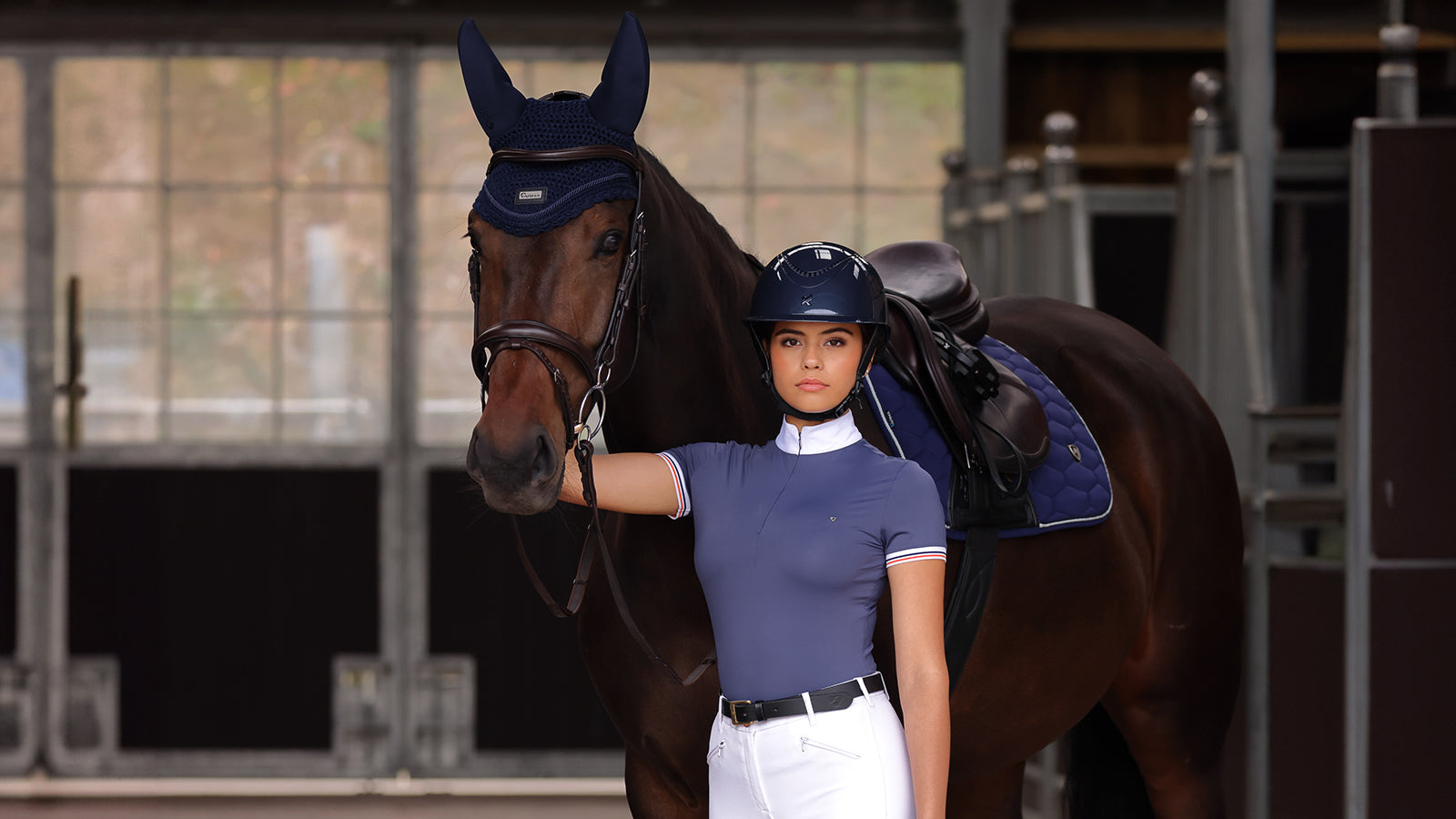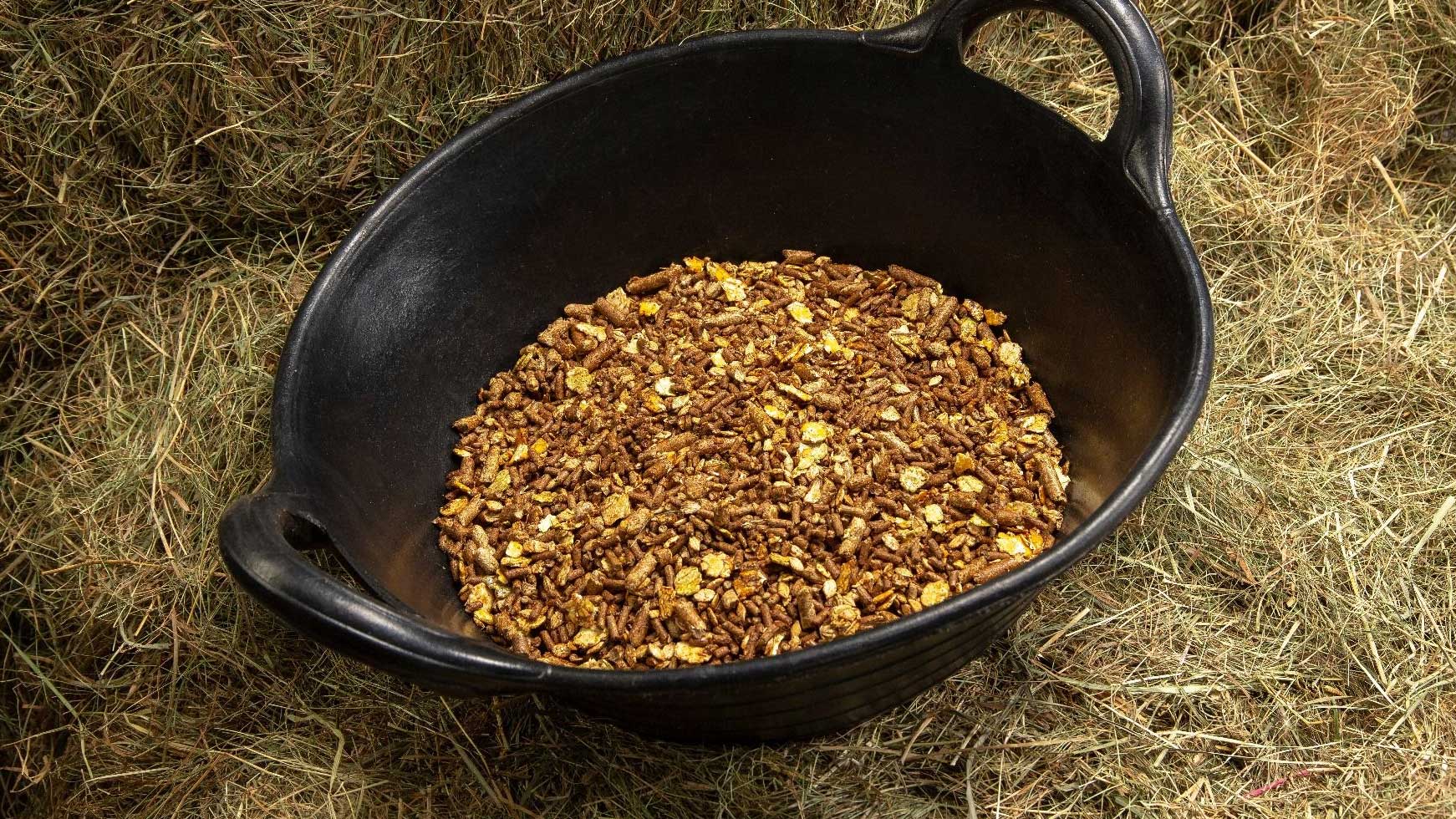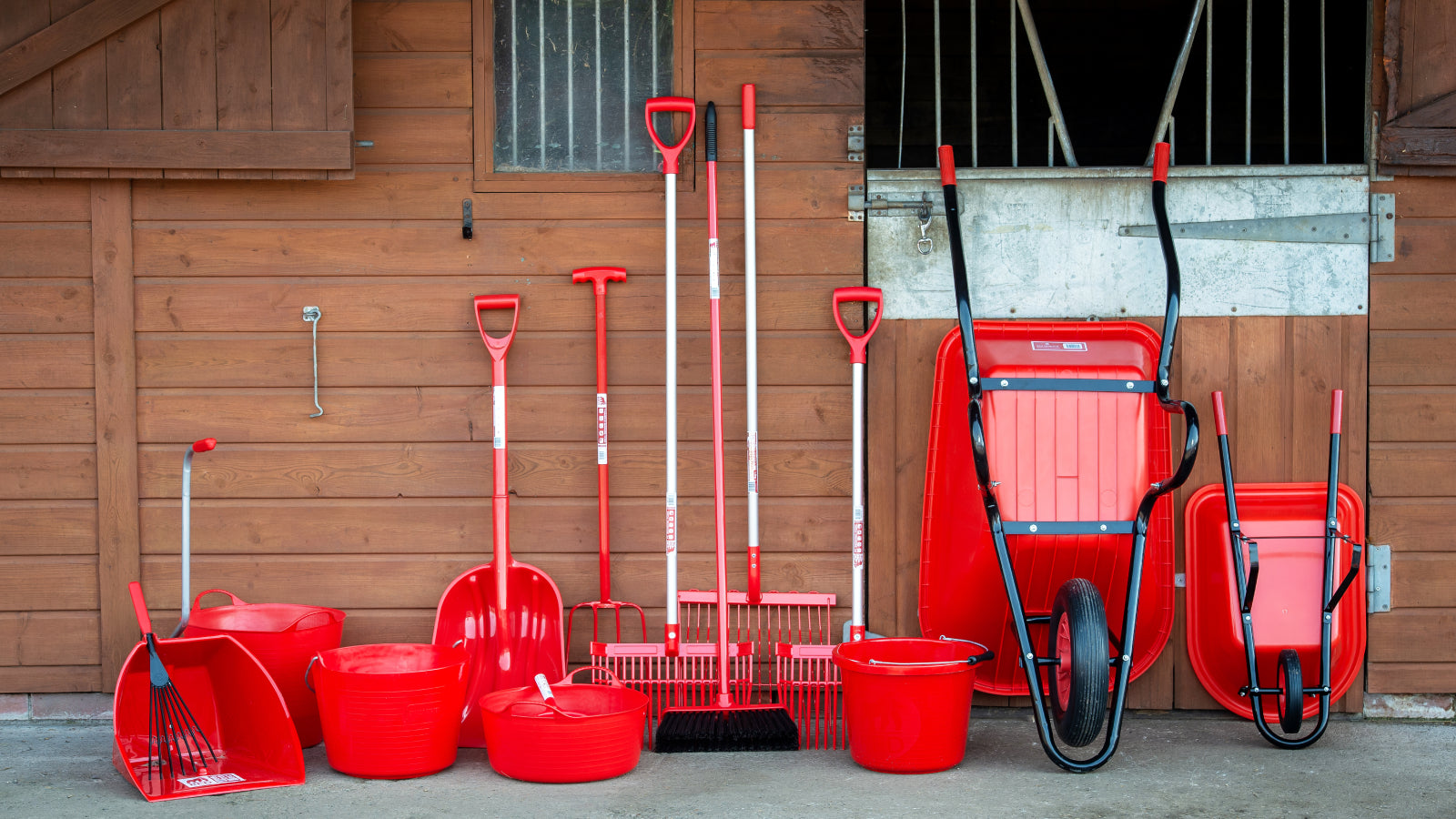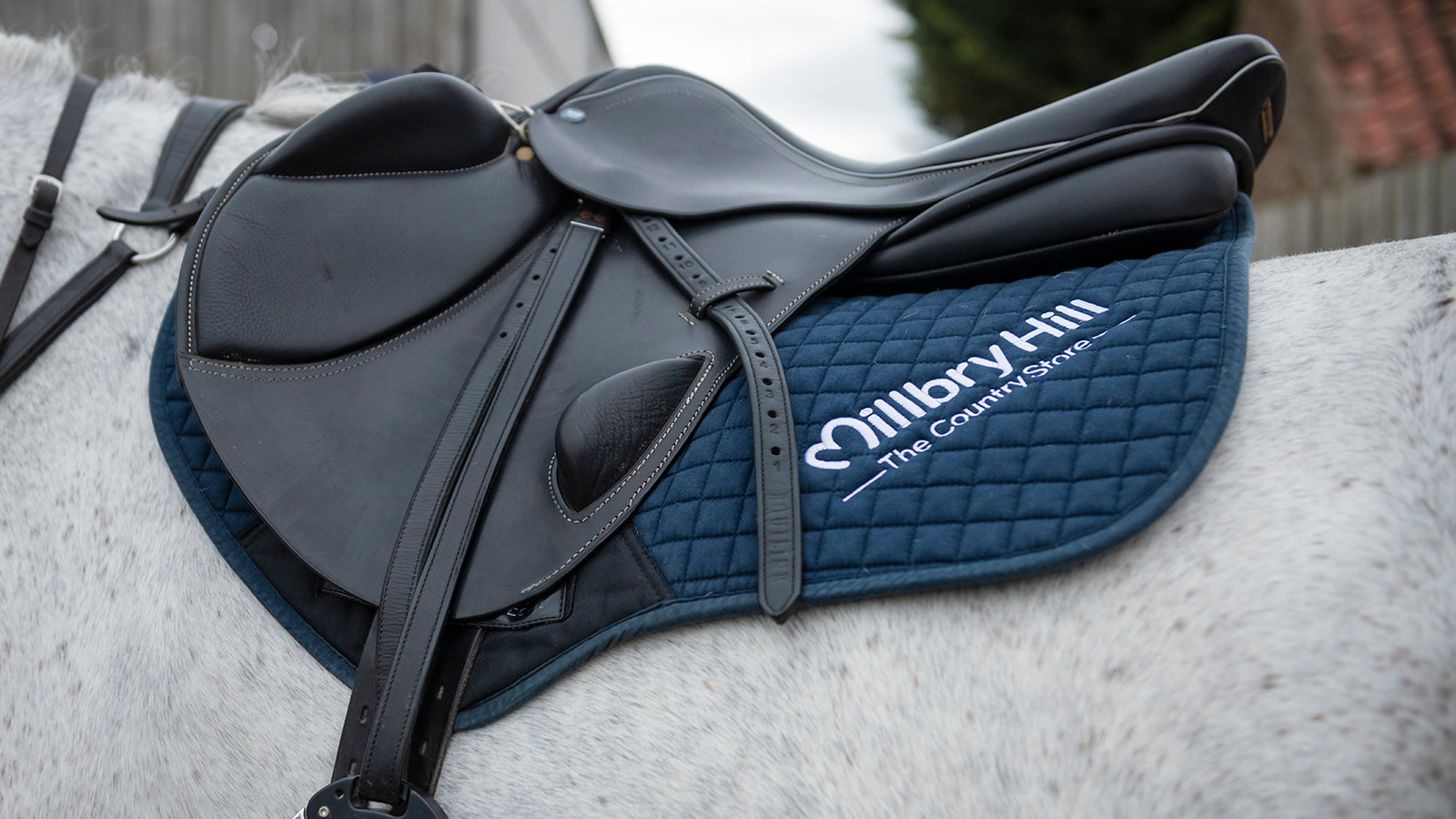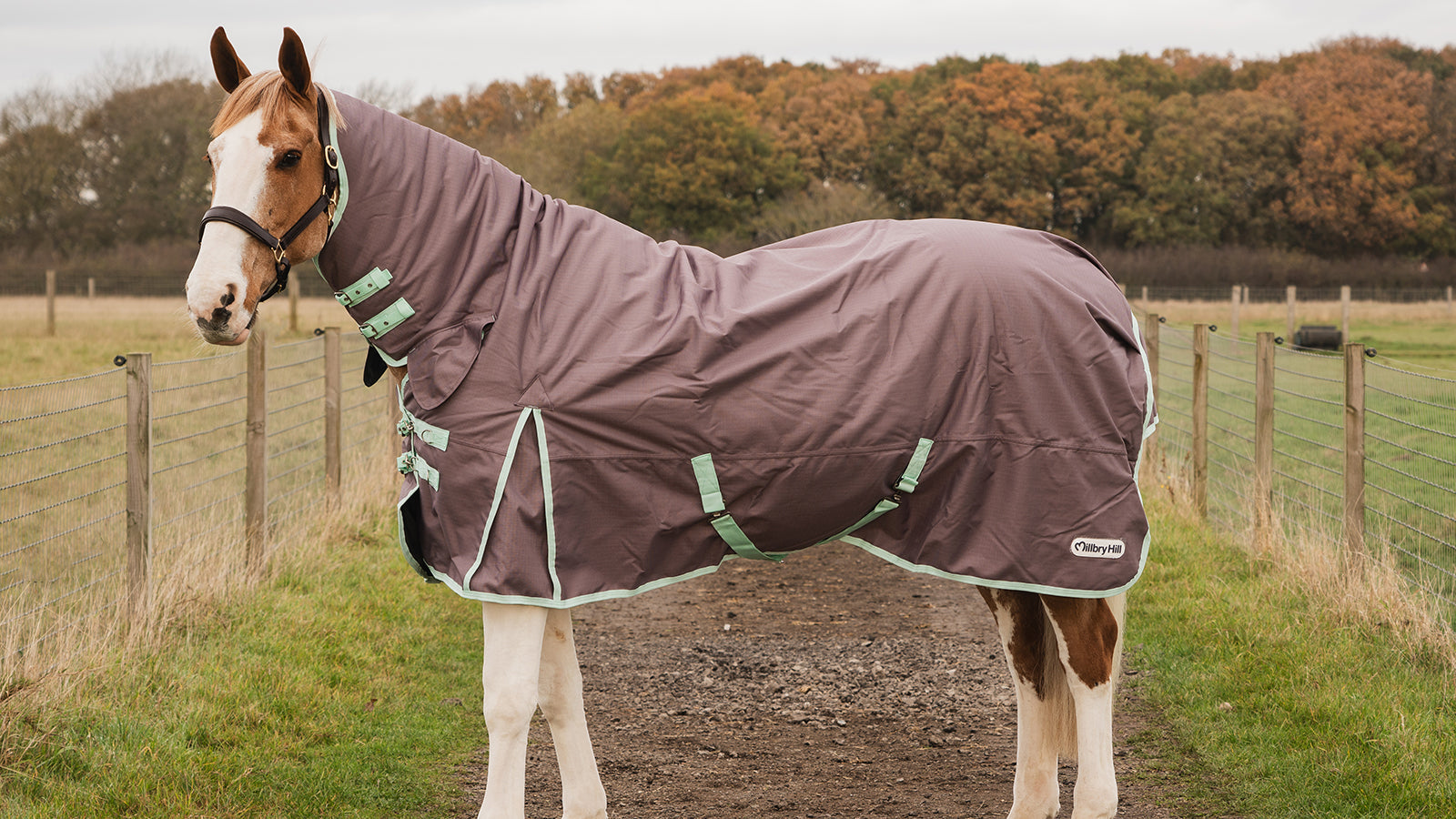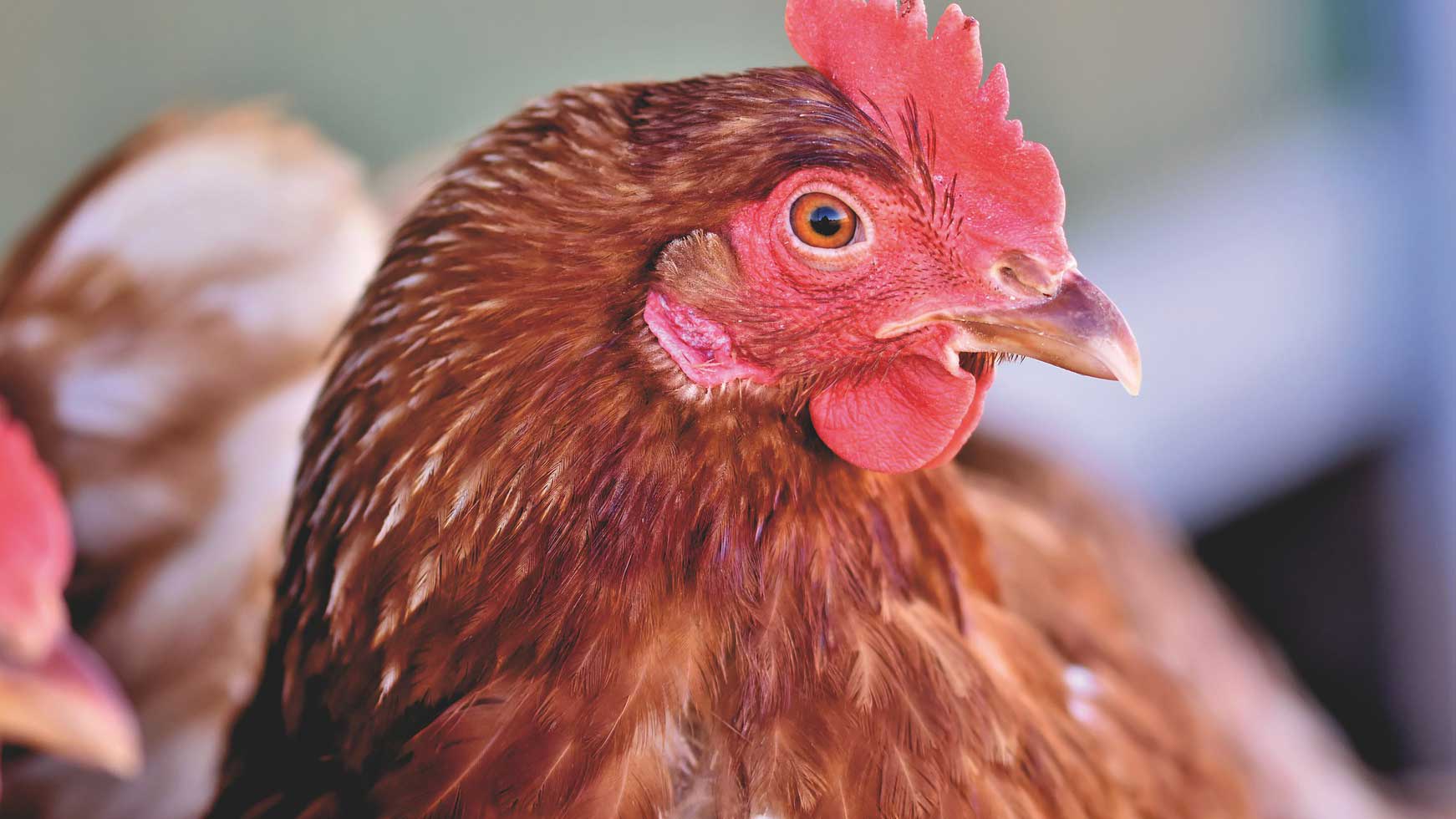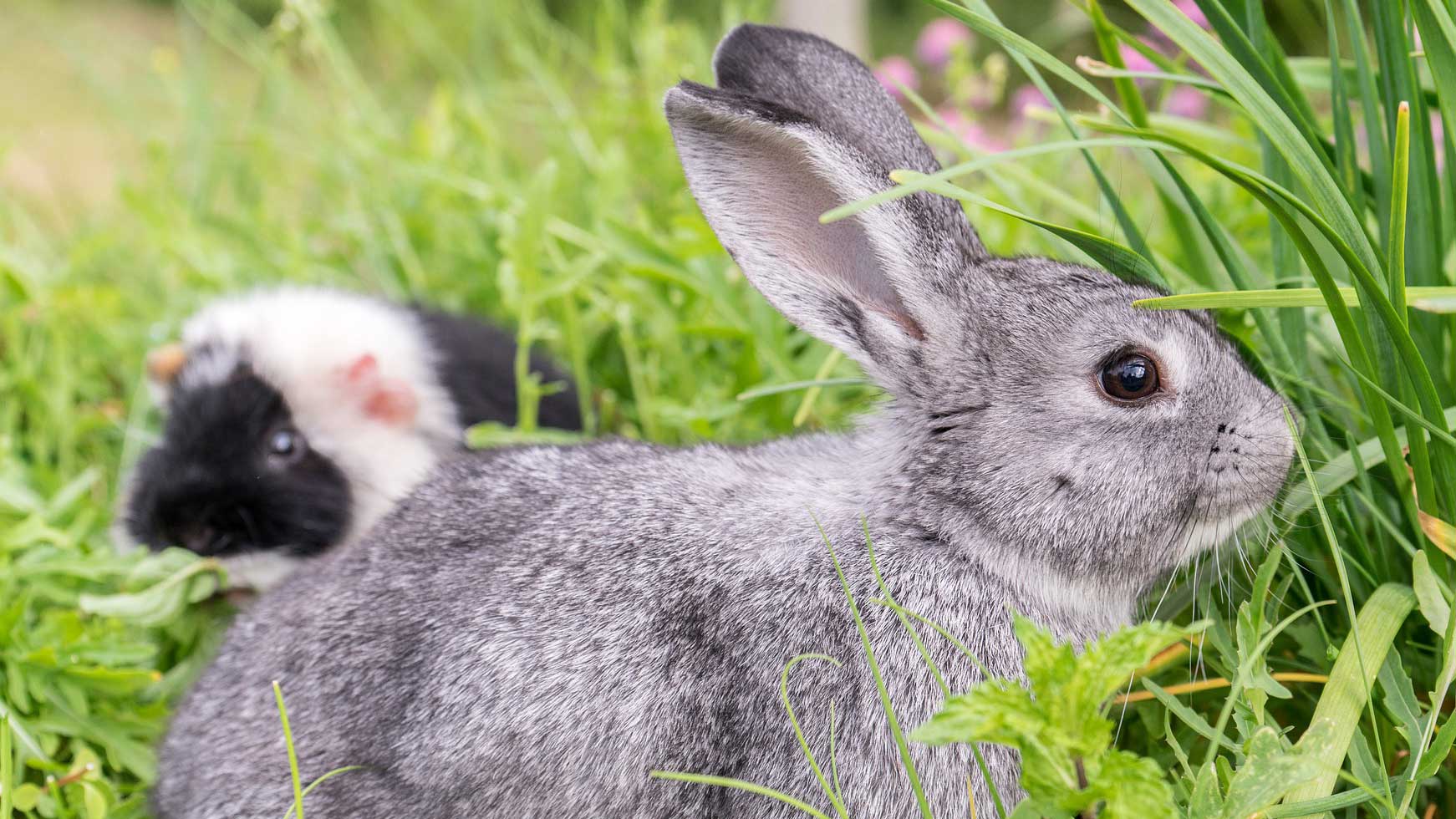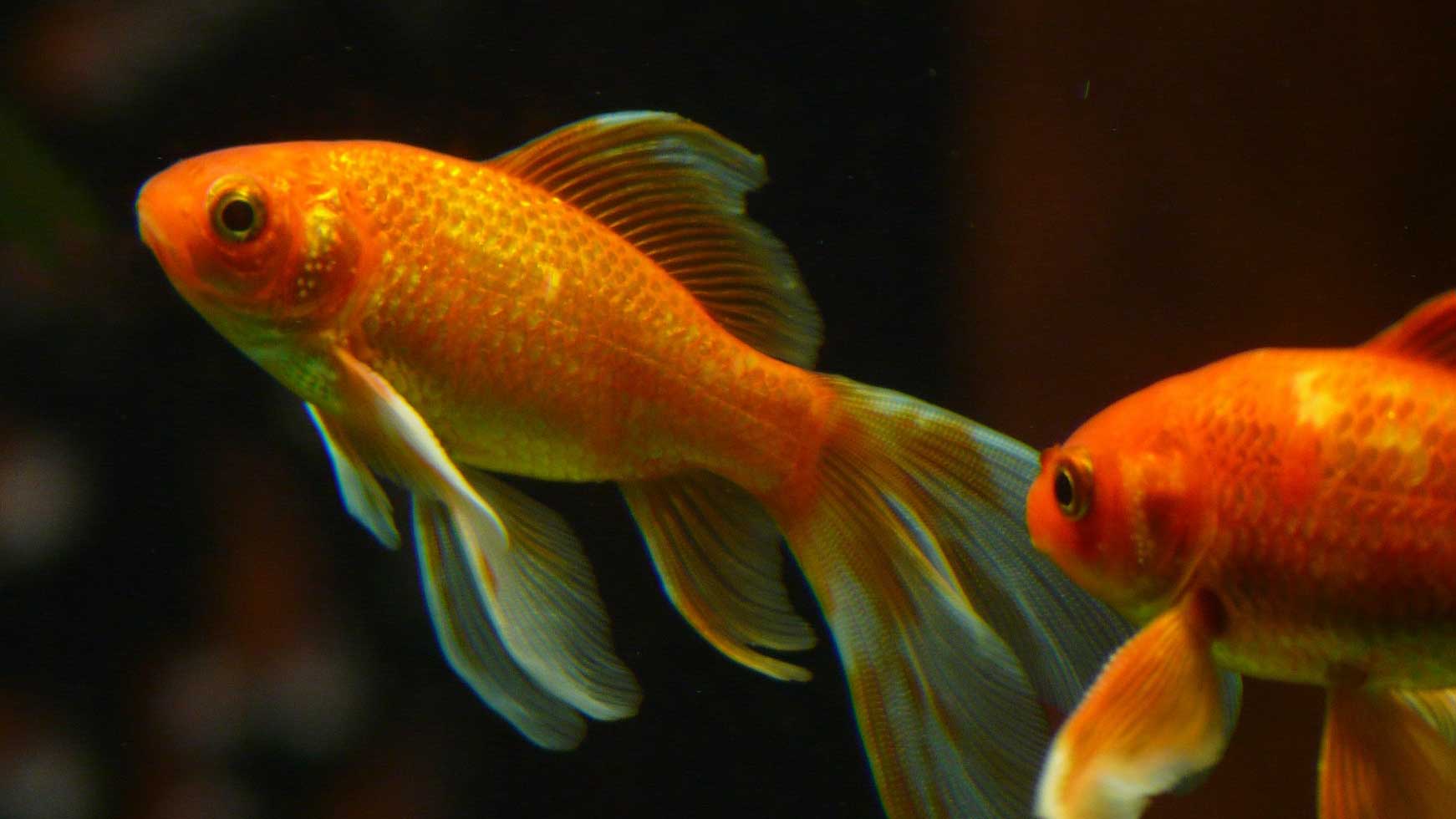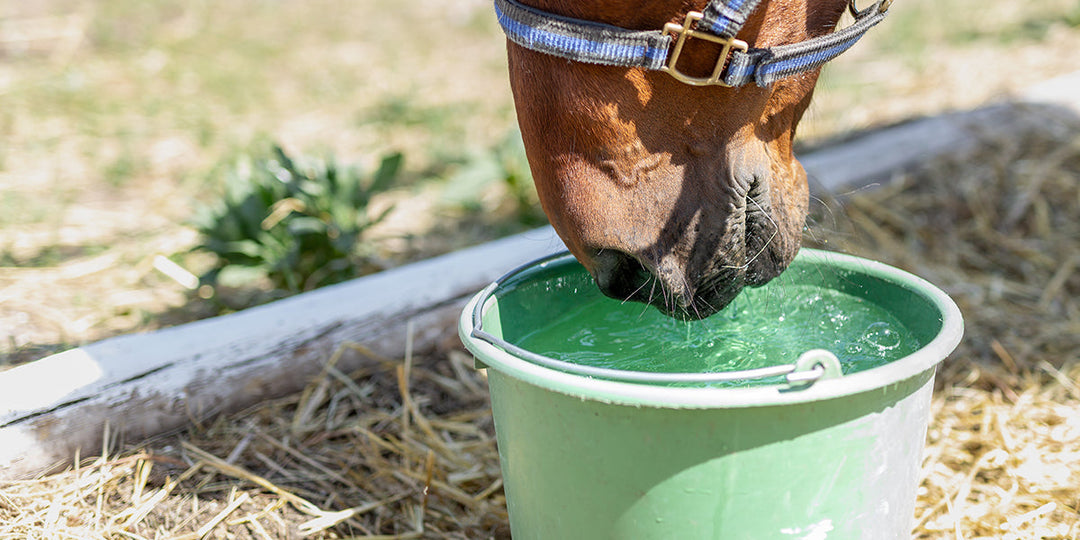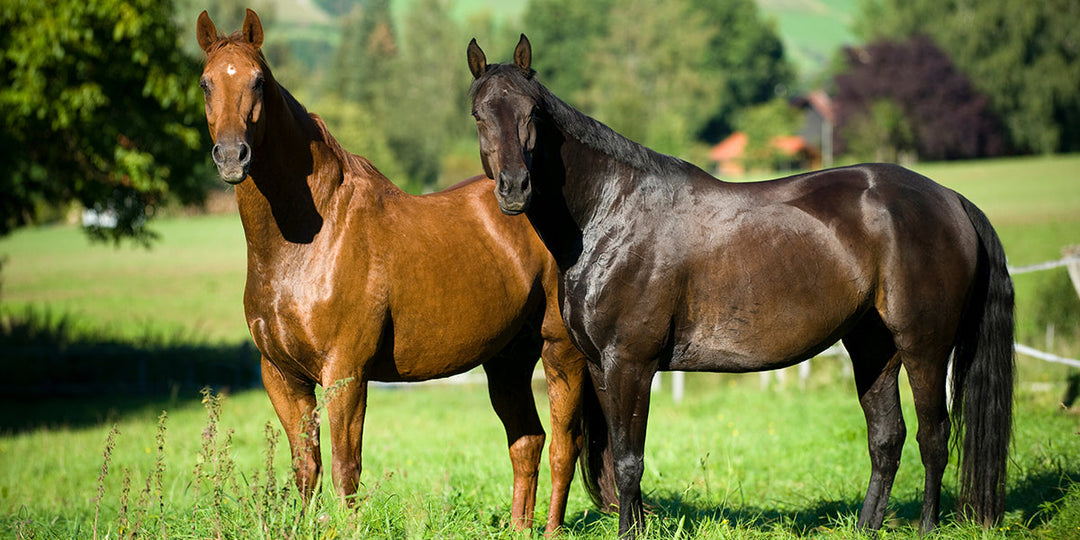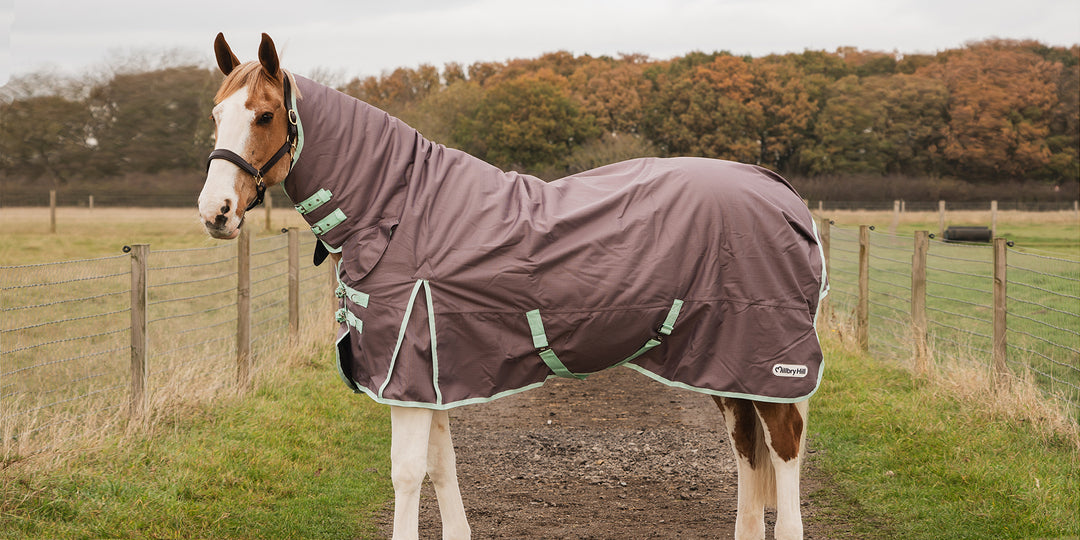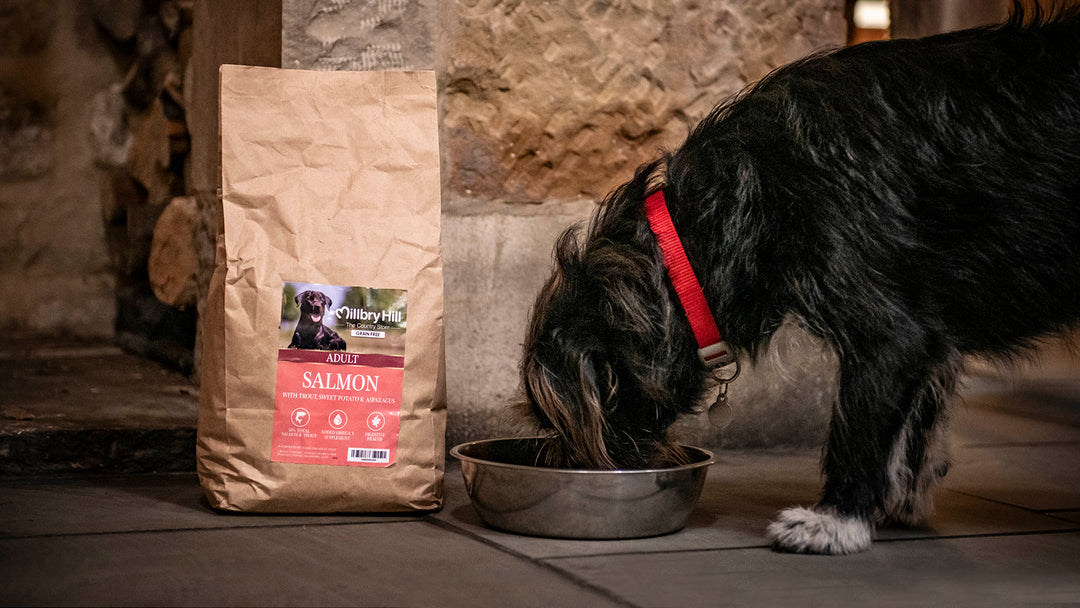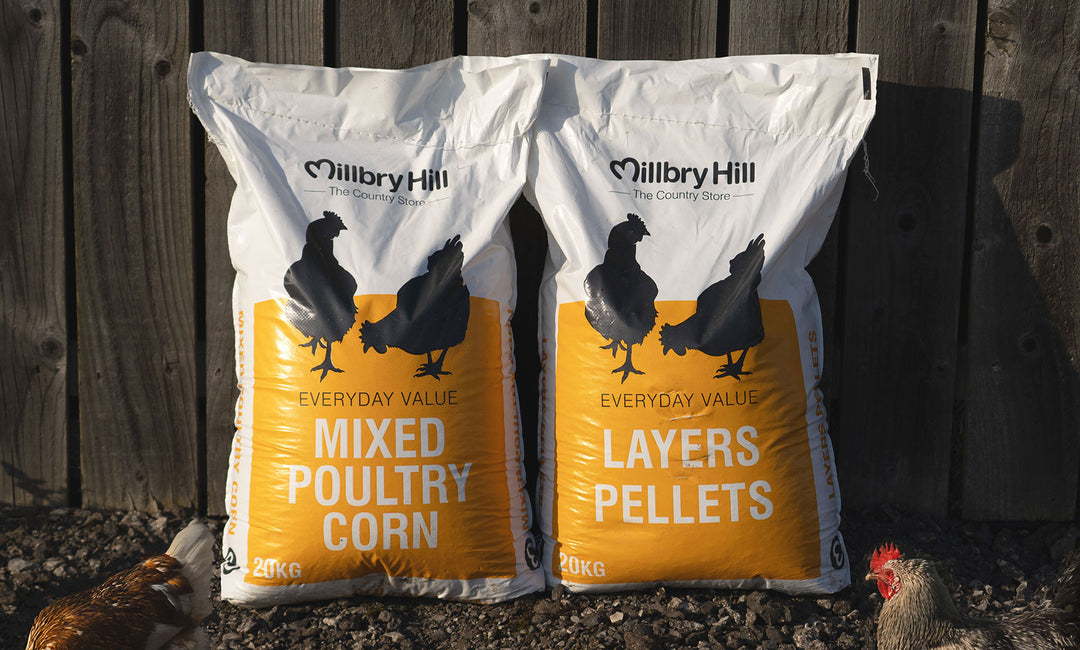Feeding For Genetic Makeup

Guest Blog by Lizzie Drury MSc Registered Nutritionist
Registered Nutritionist, Lizzie Drury MSc, takes a look at the genetic make up and muscle composition of horses participating in various disciplines and investigates how the diet should be tailored to meet these variances.
Muscle Composition:Horse muscle is classified by at least three types of fibre; Type 1, 11A and 11B.
-
Type 1 Fibres (Slow twitch fibres):
These fibres are known as slow twitch fibres and they have a high oxidative capacity, which means that they can utilise fuels aerobically (in the presence of oxygen). These fibres have a good capillary supply and fat content, making them resistant to fatigue.
-
Type 11A Fibres (Fast twitch oxidative fibres):
These are known as fast twitch fibres and these have a high oxidative and glycolytic capacity. Type 11A fibres have an intermediate content of fat and capillary supply.
-
Type 11B Fibres (Fast twitch glycolytic fibres):
These fibres have a low aerobic capacity and tend to depend upon anaerobic metabolism for energy generation. Unlike type 1 fibres, they have a low-fat content of and have a poor capillary supply. Type 11B fibres are also prone to fatigue, as they depend upon glycogen for fuel and supplies of this can be exhausted.
All three muscle fibre types exist in all horses. The ratio of slow twitch to fast twitch is genetically determined. The horse’s genetic predisposition for certain muscle fibre types is based on breed and heritable tendencies. For example, a Thoroughbred sprint racehorse and a human sprinter would have more type 11 fast twitch fibres than an endurance horse or a marathon runner who would have a higher percentage of type 1 muscle fibres.
Feeding For Genetic Makeup:
Different types of performance require different types of muscle fibres and consequently different types of fuel to drive energy production to cause muscle contraction.
The amount of ATP (Energy) used by a muscle depends directly upon how fast that it is contracting. While walking, the muscles contract very slowly and expend relatively small amounts of ATP. During this type of exercise, type 1 fibres are mainly recruited and ATP generation is entirely aerobic i.e. in the presence of oxygen.
At this speed the muscles burn predominantly fat. Fat stores are generally plentiful and they can be mobilised fat enough to regenerate what ATP is used at the walk. As the speed increases from a walk to a trot to a canter, the type 1-muscle fibres alone are unable to contract fast enough to propel the horse along. At this point the type 11A fibres are also recruited.
These fibres are also able to generate energy aerobically but use a combination of glycogen and fat for energy production. As the horse starts to increase its speed to a fast gallop, the type 11B fibres are recruited and the production of ATP no longer remains aerobic. Anaerobic glycolysis can generate ATP extremely quickly, which is important if the horse is to maintain high rates of speed.
Endurance Horse:
Endurance horses are extreme athletes and as in all athletic activity of long duration, feed and fitness must go hand in hand if the horse is to perform at is best. Low intensity but long duration exercise puts different demands on the body and its metabolism in comparison to for example the racehorse, which is at the other end of the spectrum performing very fast intense exercise but for short periods.
Endurance exercise is greatly dependent upon body stores of fuel in the form of glycogen and fat. Glycogen is a stored form of carbohydrate and 90% of it is stored in the muscle cells, while the other 10% is stored in the liver. Muscle glycogen stores are rapidly depleted during bursts of intense or high-speed exercise, which is a major reason for fatigue. Fat on the hand is stored in the adipose tissue and exercise is hardly ever limited as a result of the body running out of fat stores.
Interestingly, even if a thin endurance horse with only 3-4% of its bodyweight as fat, it would still have enough energy stored in fat to complete five 100 mile rides (Marlin, 2002). The composition of the diet influences the types of fuels that the horses store and the way in which they are utilised according to the types of muscle fibres that are recruited to drive the horse forward, so endurance diets need to be correctly balanced with fibre, fat, starch, vitamins and minerals if the endurance horse is to succeed and not fatigue.
To delay the onset of fatigue, the endurance horse needs to preserve its stores of muscle glycogen and rely more on fat e.g. Soya Oil and digestible fibre e.g. Soya Hulls in the diet to provide sustainable energy. These fuels provide slow release energy. Carbohydrates are still required by the endurance horse but not to the same extent as the racehorse. Carbohydrates such as barley and oats are required to ‘top’ up and replenish muscle glycogen stores so that they are available to be called upon by the fast twitch fibres to provide energy for uphill climbs or sprint finishes.
Sprint Racehorses, Eventers and Western Performance Horses:
These horses are bred to perform exercise at much higher intensities and have a higher proportion of both types of fast-twitch, type 11 muscle fibres. Diets formulated for this type of work and muscle makeup tend to have a greater emphasis on providing the energy from carbohydrates such as oats and maize etc, and therefore will have a higher starch content compared to a diet that is formulated to fuel endurance activity for example. Carbohydrates are required to keep the muscle glycogen stores replenished but also by both of the type 11 fibres to provide energy fast enough during both aerobic and anaerobic metabolism.
However, it is still important to remember that for optimal performance a horse’s energy requirements should be supplied by all three energy sources (fat, carbohydrates, fibre and) to allow the muscle a mixture of energy sources to draw from. Some racing diets now also have an increased fat or oil level, which enables the level of cereal inclusion to be reduced.
Research shows that if enough fat is incorporated into a high-performance horses diet, it can become metabolically adapted to use fat as its first energy source to fuel morning training gallops. This allows for sparing of carbohydrates and allowing them to be stored in the muscle for race day.
Dressage Horses And Show Horses:
Dressage is a power- based and, compared with other performance horses, the dressage athlete tends to be compact and square in shape with more muscle and bulk particularly over the hindquarters. The dressage horse has a greater proportion of slow twitch muscles than he does of high twitch muscles, so diets based on providing energy using slow release energy sources such as oil and digestible fibres tend to suit these types of horses. In order to perform dressage and for the rider to be able to channel the horses natural ability and energy into producing the presence and elevation required for such a discipline the horse needs to remain ‘calm’. Feeds that provide slow release energy help to manage temperaments that may normally be excitable and enable higher levels of energy to be fed in order to maximise performance without creating an unrideable monster! Very important for the dressage arena.
Feeding horses and ponies that are genetically very excitable or laid back!
A horse or ponies temperament is something that it is born with, rather like your personality! It is not something that can be changed and a Thoroughbred horse will always be more spirited than a cob! However, through feeding certain temperaments can be managed so that a naturally excitable horse becomes more manageable and a laid back cob perhaps gets a little bit of sparkle! The answer lies in ENERGY and the way in which we provide it!
We have already mentioned that energy can be described as being either fast release energy or slow release energy. Slow release energy sources include hay, haylage, alfalfa, sugar beet and Soya Hulls etc. Fats and oils e.g. Soya oil are also referred to as slow release energy sources. They are described as slow release energy sources because of the way they are digested by the horse and then made available as ATP (energy).
Fibre is digested in the highly specialised hindgut, by millions of bacteria to form end products called volatile fatty acids. Volatile fatty acid are absorbed in to the bloodstream and transported to the liver where they are converted to glucose, for immediate use as a fuel, or converted to glycogen and stored within the liver and muscle cells to be used for energy later. Alternatively volatile fatty acids can be converted back to fat and used to fortify the body’s fat stores, which may also provide energy at a later date. Because the whole fermentation process is long and slow the production, absorption and conversion of volatile fatty acids to produce energy continues long after a meal has been eaten, hence the term slow release energy.







